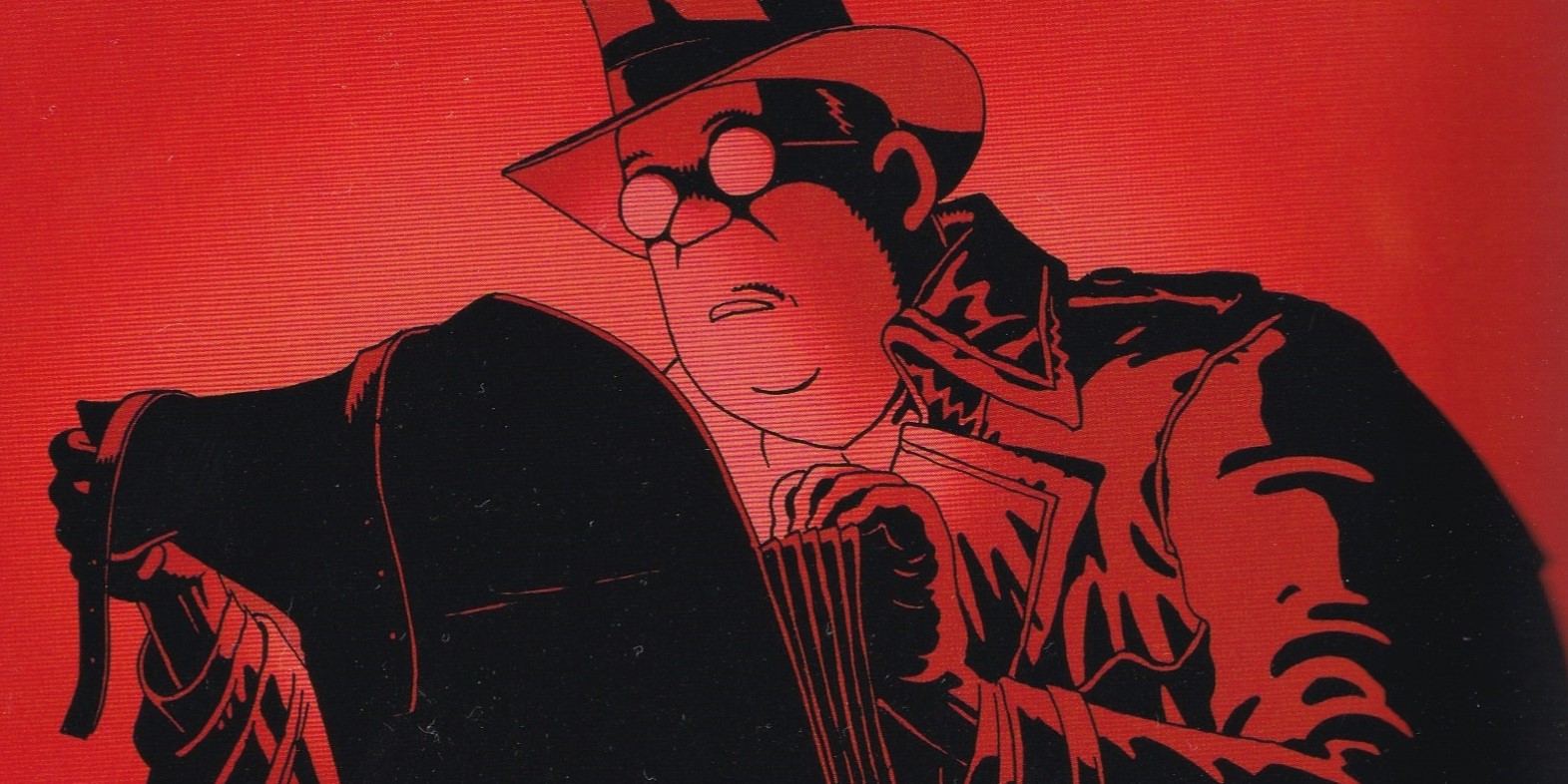
What was the Red Scare? The Red Scare refers to two distinct periods in American history when fear of communism gripped the nation. The first occurred after World War I, around 1919-1920, and the second followed World War II, peaking in the 1950s. During these times, many Americans worried that communists, or "Reds," were infiltrating the government and other institutions. This led to widespread paranoia, accusations, and even blacklisting of individuals suspected of communist ties. Senator Joseph McCarthy became a central figure during the second Red Scare, leading aggressive investigations that often lacked solid evidence. The Red Scare had a profound impact on American society, politics, and culture, leaving a legacy of fear and suspicion.
What Was the Red Scare?
The Red Scare refers to two distinct periods in American history marked by widespread fear of communism and radical leftist ideologies. These periods saw intense scrutiny, suspicion, and persecution of individuals believed to be associated with communist activities.
-
The first Red Scare occurred after World War I, from 1917 to 1920, fueled by the Bolshevik Revolution in Russia and the rise of anarchist movements in the United States.
-
The second Red Scare took place after World War II, from the late 1940s to the late 1950s, driven by the Cold War tensions between the United States and the Soviet Union.
Key Figures in the Red Scare
Several individuals played pivotal roles during these periods, either as proponents of anti-communist measures or as victims of the hysteria.
-
Senator Joseph McCarthy became the face of the second Red Scare with his aggressive investigations and accusations against alleged communists in the government and entertainment industry.
-
J. Edgar Hoover, the first Director of the FBI, was instrumental in both Red Scares, using the agency to monitor and suppress suspected communist activities.
-
Ethel and Julius Rosenberg were American citizens executed in 1953 for allegedly passing atomic secrets to the Soviet Union, becoming symbols of the era's paranoia.
Impact on American Society
The Red Scare had profound effects on various aspects of American life, from politics to culture.
-
Thousands of people lost their jobs or were blacklisted due to accusations of communist sympathies, particularly in Hollywood and other creative industries.
-
The House Un-American Activities Committee (HUAC) conducted numerous investigations and hearings, targeting individuals and organizations suspected of communist ties.
-
The Red Scare led to the passage of laws like the Smith Act, which made it illegal to advocate for the violent overthrow of the government, and the McCarran Act, which required communist organizations to register with the government.
Cultural Reflections of the Red Scare
The fear and paranoia of the Red Scare permeated American culture, influencing literature, film, and public discourse.
-
Arthur Miller's play "The Crucible," written in 1953, used the Salem witch trials as an allegory for McCarthyism and the Red Scare.
-
Films like "Invasion of the Body Snatchers" (1956) and "The Manchurian Candidate" (1962) reflected the era's anxieties about infiltration and subversion.
-
The term "McCarthyism" entered the American lexicon, symbolizing the practice of making unfounded accusations and fostering a climate of fear.
Long-Term Consequences
The legacy of the Red Scare continues to influence American politics and society.
-
The Red Scare contributed to the establishment of a national security state, with increased surveillance and intelligence-gathering capabilities.
-
It also led to a lasting suspicion of leftist ideologies and movements, affecting political discourse and policy decisions for decades.
-
The Red Scare's impact on civil liberties prompted later efforts to protect individual rights and limit government overreach, such as the Church Committee investigations in the 1970s.
-
The period remains a cautionary tale about the dangers of mass hysteria and the importance of safeguarding democratic principles and freedoms.
Final Thoughts on the Red Scare
The Red Scare was a time of intense fear and suspicion in the United States. It led to widespread paranoia about communism infiltrating American society. People were accused, blacklisted, and even imprisoned based on flimsy evidence or mere association. This period saw the rise of McCarthyism, where Senator Joseph McCarthy spearheaded efforts to root out alleged communists. The House Un-American Activities Committee (HUAC) played a significant role in investigating and questioning individuals. Hollywood was hit hard, with many actors, writers, and directors being blacklisted. The Red Scare also impacted labor unions and civil rights organizations, stifling dissent and promoting conformity. While it eventually faded, the scars it left on American society and politics are still felt today. Understanding this period helps us recognize the dangers of mass hysteria and the importance of protecting civil liberties.
Was this page helpful?
Our commitment to delivering trustworthy and engaging content is at the heart of what we do. Each fact on our site is contributed by real users like you, bringing a wealth of diverse insights and information. To ensure the highest standards of accuracy and reliability, our dedicated editors meticulously review each submission. This process guarantees that the facts we share are not only fascinating but also credible. Trust in our commitment to quality and authenticity as you explore and learn with us.


